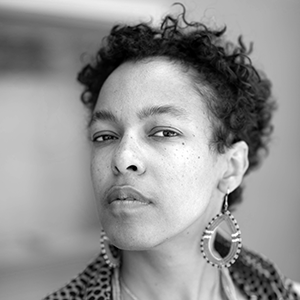After Charles Willson Peale (1741–1827), “George Washington at Princeton,” 1779
the color of life
takes sun yellow and bluest blue sky and water
for green ferns
chartreuse buds beading above moss
dappled shamrocks
fragrant healing of sage, laurel,
mint, basil, thyme, rosemary, myrtle
amid the tall wonders of juniper
pine, olive, pear
even the meeting of sea and river—
the sky, an intermingling of viridian and chetwode horizons,
and cerulean clarity—
offers its green seafoam,
its seaweed pats,
the crocodile at the edge of a freshwater marsh
its teeth open gritted in green
against the backdrop of hunter rainforest
dripping in green
heaven is a field of persian green
lit by translucent jade and celadon lamps
a many-roomed chateau scented by aromatic tea leaves
the aperitivo: gin, apple, and bitter lime
the time: midnight green
the guardian: a mantis in prayer
joy: harlequin, verdun, spring
magic: kaitoke forest in its energetic whisper and pulse
green must exist
inside brother james
would he call it camouflage
or nyanza or sap
for washington it’s in the colors of flags
the fields far off
feldgrau or military or empire green
or dollar bill or rifle green
revolution with chains the result
mix the green
like a spell in making
safe life
hush arbor life
nurturing abundant life
free life
bring the background to the fore
ease
ease
ease
life
Copyright © 2024 by Raina J. León. Originally published in Poem-a-Day on June 3, 2024, by the Academy of American Poets.
“I was invited to be a part of a poetic and musical response to an exhibition at the Pennsylvania Academy of Fine Arts (PAFA) in partnership with World Cafe Live in Philadelphia. The Making American Artists: Stories from PAFA, 1776–1976 exhibition drew from the artworks of PAFA-affiliated artists from over the centuries. This poem arose after looking at Charles Willson Peale’s painting, George Washington at Princeton, 1779. According to the exhibition notes, the painting also depicts, in the background, an enslaved person who holds Washington’s horse. My ancestors served under Washington during previous wartime expeditions, thereby earning a huge swath of land in western Pennsylvania. They were a mixed-status family, both free and enslaved, white and Black. when Virginia’s laws changed, removing the right of free Black persons to maintain and prove their status in court and so subject to possibly being captured and sold as enslaved persons. My entire family left Virginia to start a town in western Pennsylvania, where they have remained for over two hundred years. The poem very briefly also invokes [painter] James Brantley’s work, Brother James, 1968, his self-portrait as a veteran, draped in the American flag and standing in the same position as Washington does in Peale’s painting. The poem invokes history and is a call for the colors of life, particularly in some of the many names of shades of green.”
—Raina J. León

